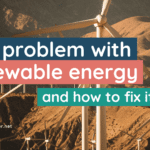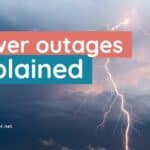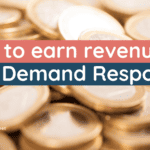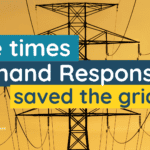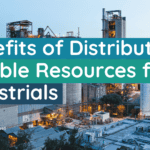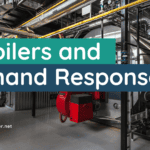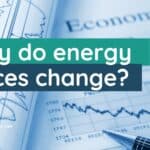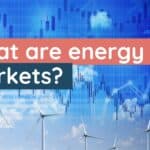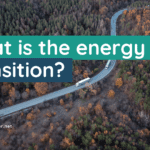In the energy industry, the terms energy and electricity come up a lot. Sometimes they are used interchangeably, leaving you wondering if they actually mean the same thing. That’s why we want to ask: what is electricity? What is energy? And what’s the difference?
What is Energy?
When we talk about energy, we think of something being powered and able to do something. That is exactly what it is. Energy is the ability for something to do work. But it comes in many different forms, and not all energy is made equally. Thermal, mechanical, chemical and light and electrical are just some of the various forms that energy can take. All these categories can be lumped into two categories.
Potential energy – Energy that is stored and waiting to be used. It is energy that has the potential to do work but is not actively doing it.
Kinetic energy – Energy that is actively doing work. Kinetic energy is created when potential energy is activated and influences the world around it.
A good example of this is wood. While we may not always see it this way, wood has a lot of potential energy stored within it in the form of chemical energy. However, until we activate that energy, it’s just wood. By burning it, we trigger that chemical energy and make it actively heat the world. Now it can be used to warm our homes, cook food, or create fiery visuals by a campsite.
What is Electricity?
While it’s true that electricity is a type of energy, it’s not as simple as that. Electricity is what we call a secondary energy source. It is created by converting primary sources of energy like fossil fuels, wind and solar energy, into electricity. We might also think of it as an energy carrier. It carries energy from one form to another.
For example, green energy suppliers will use solar panels to turn light energy into electricity. Sunlight hits the solar panels, and the PV cells turn that into electricity. That is then carried to users to be turned into heating or light for their homes. Hydro plants use the kinetic energy of flowing water and the mechanical energy of turning turbines to create electricity that is distributed by green energy suppliers. Electricity is less of a direct energy source that we use in our day-to-day lives, but rather something that helps to carry energy from one form to another.
Why the Difference Matters
You might be wondering why it even matters that we know the difference. Well, not all energy is made equally. We are currently in a mass transition towards renewable energy. Suppliers are trying to make green energy available to the entire world in an effort to reduce CO2 emissions. That requires things that once used fossil fuels (like fuel-guzzling cars) to transition to electricity; this is a process known as electrification. While this reduces our reliance on fossil fuels, it also creates new challenges for our energy grids.
The transition towards renewable energy and the rapid electrification of our world, means we have to reimagine how we create, deliver and distribute energy. That is why Sympower is working with energy suppliers and consumers all over the world to facilitate this change. As a leading independent aggregator in demand response, we want to see an entire renewable system. Knowing what type of energy you’re using and where it’s coming from is the first step to rethinking how our energy systems work.
Sympower is dedicated to creating a fully renewable energy system. We are the energy experts with years of experience in demand response and flexibility optimisation. Our goal is to turn the potential of your energy assets into extra revenue for you. We provide the technical expertise, all while you stay in control.

